Spices are often taken for granted and most of us use them as if they were just another ingredient. You add a pinch of pepper here, or a little cinnamon there. Yet these unique flavor boosters have a fascinating history and have been travelling around the globe for centuries to spice up our dishes.
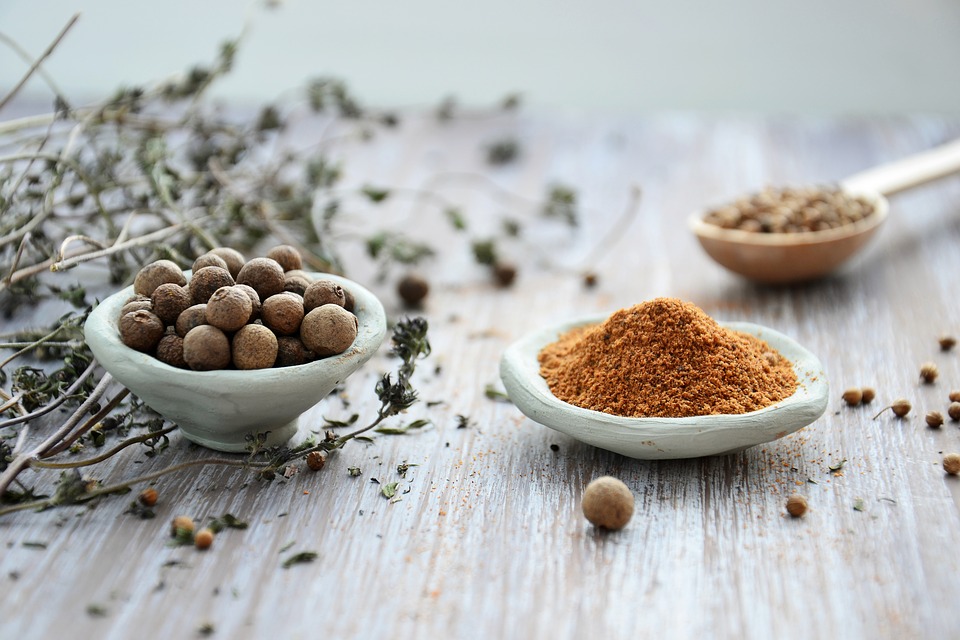
It is really hard to imagine our cuisines without them. Take Italy for instance. How could you ever enjoy a cacio & pepe pasta, or season your praised lardo if it weren’t for pepper?And how boring would panna cotta be without vanilla, or panpepato and panforte without cinnamon?
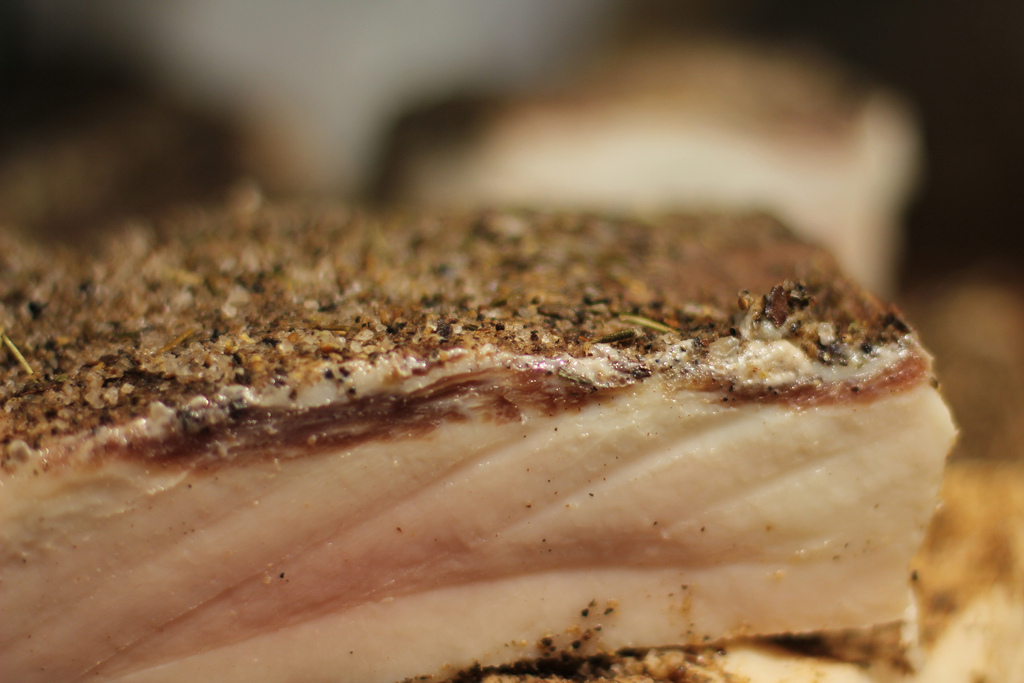
Spices were being praised and imported from Africa via caravans in Roman times. And they literally shaped the history of the world. During the Middle Ages and Renaissance the prices skyrocketed, turning spices into a huge status symbol. The European crave for Asian spices was so strong it became a driving force for exploration, giving birth to huge seafaring powers and firing up an impressive number of wars. It sounds almost incredible in today’s globalized world, where spices have become accessible ingredients easily found on supermarket shelves.
Have you ever thought about where spices come from and from which plants? Cinnamon for example is the dried bark of a tree. Turmeric and ginger are roots of bushes. Vanilla pods on the other hand grow from an orchid vine plant.
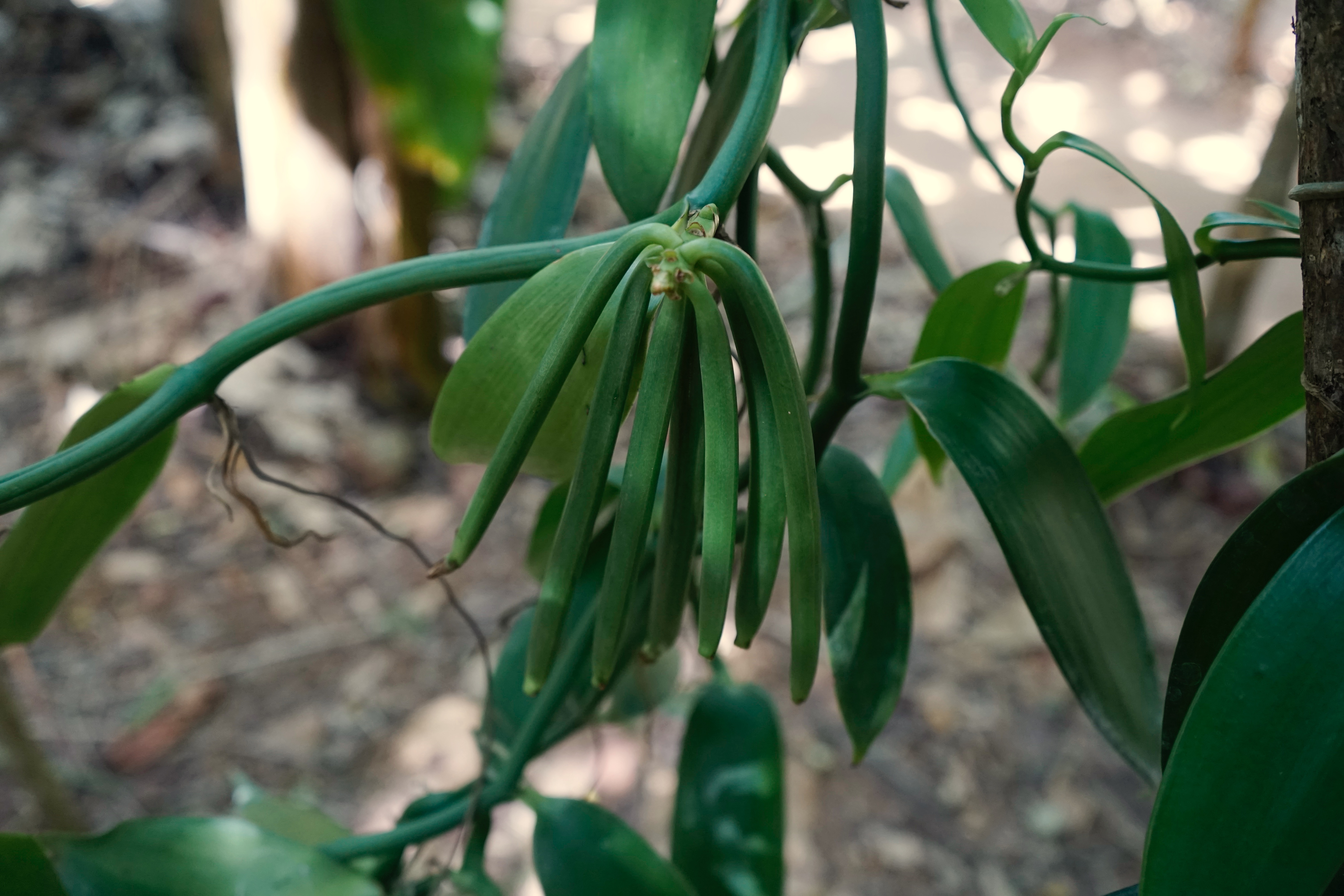
Nutmeg trees produce two spices: nutmeg and mace. Nutmeg is the seed of the tree, while mace is the lacy, reddish covering on the nutmeg seed. 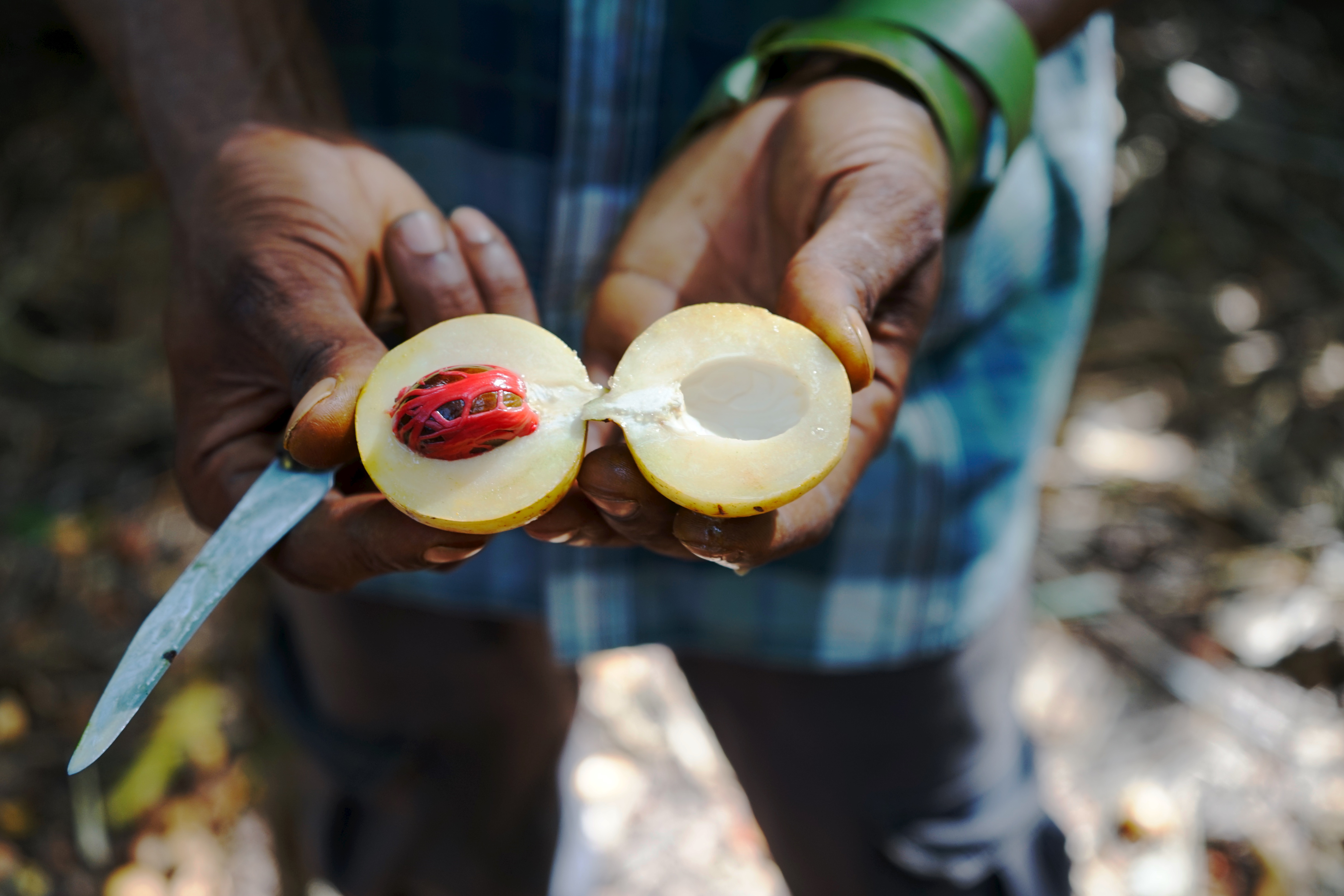

Some spices have adapted to growing in different parts of the world. Italy grows excellent chilies in the south and a great quality saffron in the central regions. For most of spices we strongly rely on imports from warmer climate countries. The biggest worldwide producer of vanilla for example is Madagascar. Vietnam holds the line for black pepper, Indonesia for cinnamon and India for cumin and ginger.
Spices aren’t just fantastic players in the kitchen. They are rich in nutrients and properties, used in many countries on a daily basis as natural remedies for a wide range of treatments.
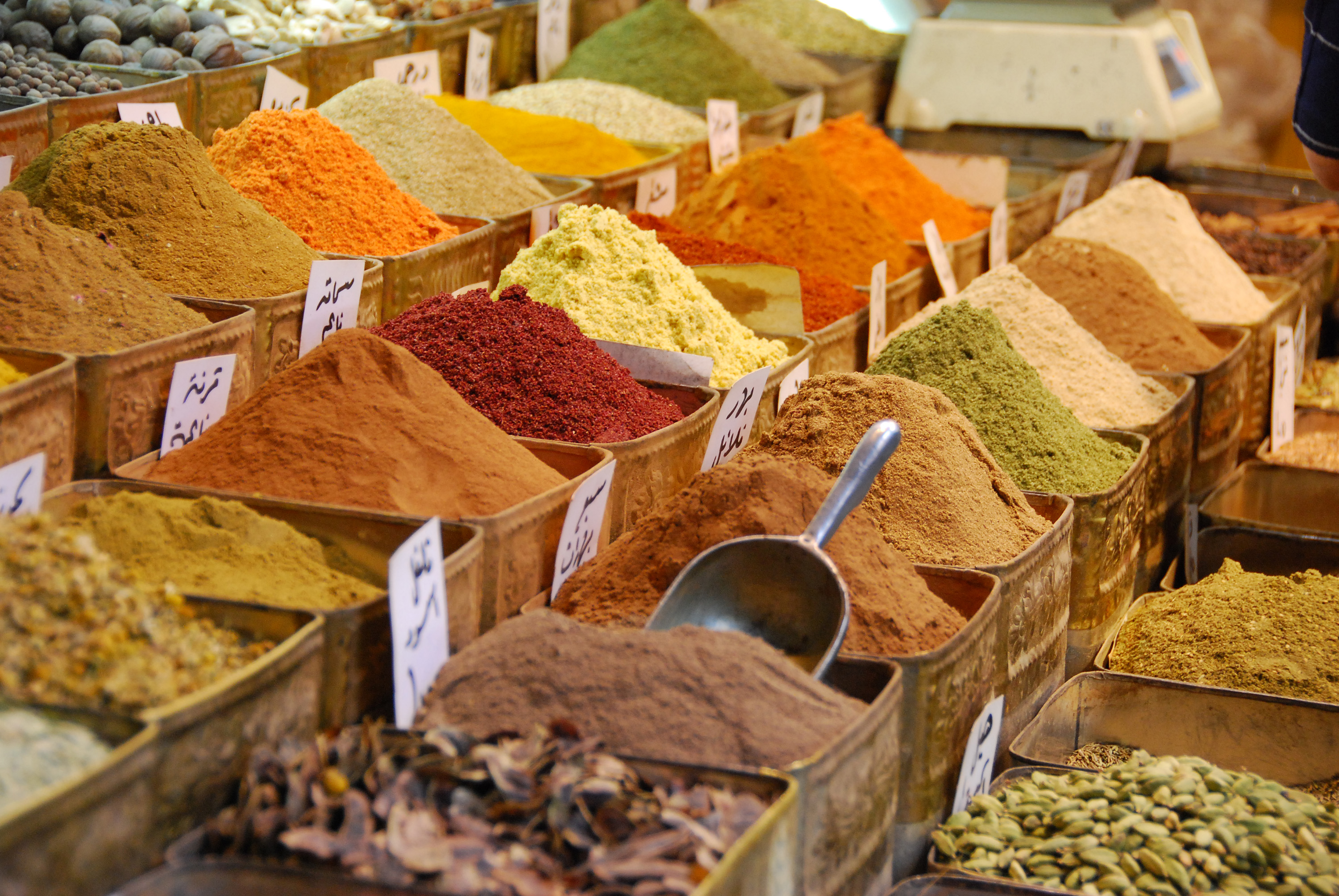
They may have lost their exotic mystery, and today we don’t need to sail across oceans or fight huge wars to get hold of them. But they still have this strong aura of fascination. Maybe because spices are not just about the strong flavor. They carry this great history as well, capable of taking your mind into those faraway spice markets with a sniff.